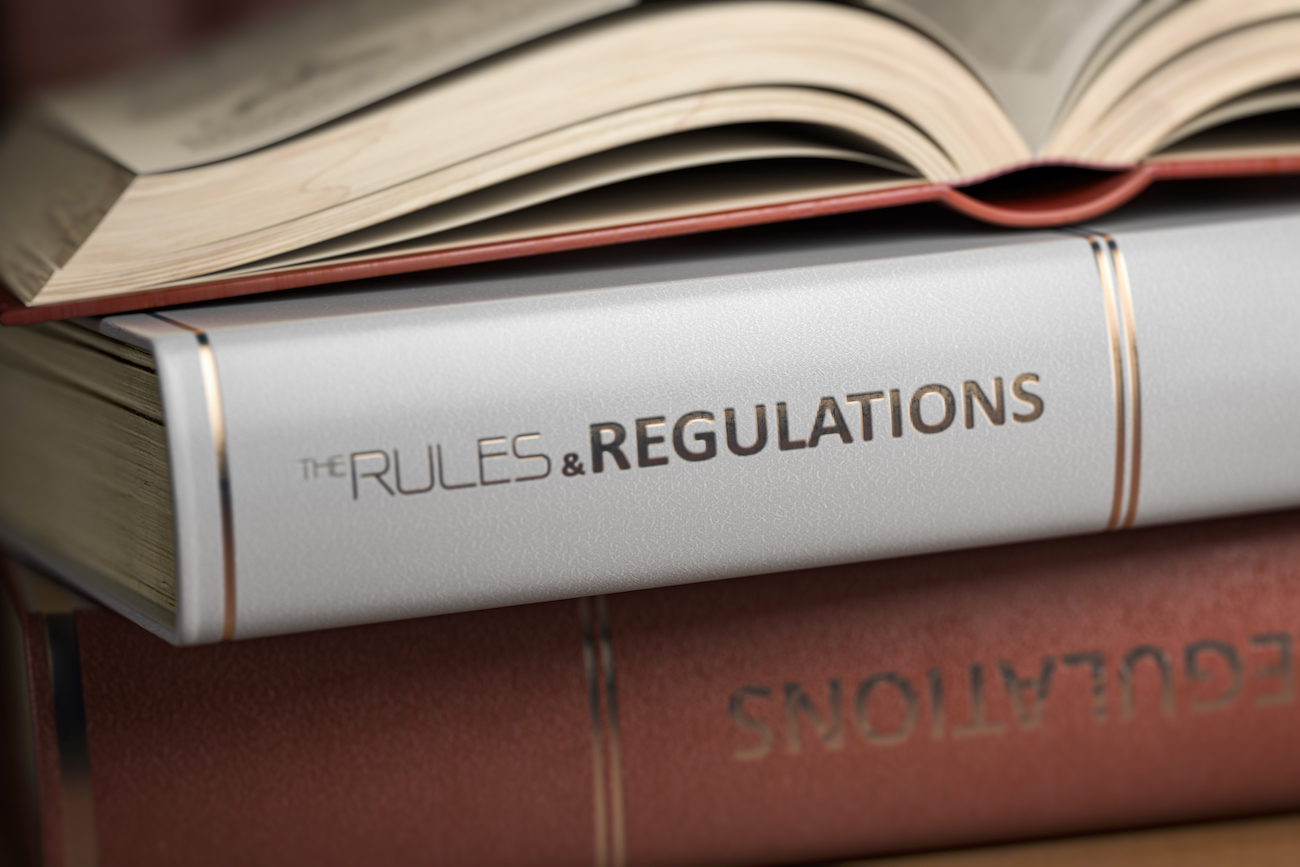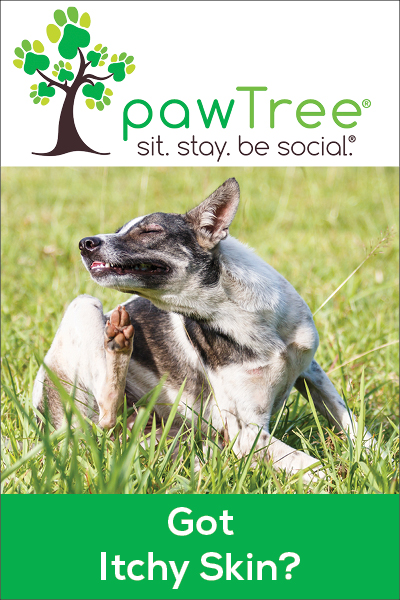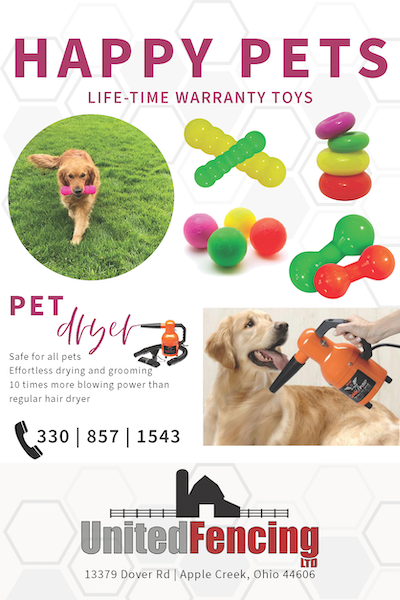Body posture: Muscles tensed, “hard and stiff”, weight unevenly distributed (forward, back, or to the side), “low and back” or “high and forward”, may be very still, piloerection or blowing coat, may roll over and expose belly or hold up one paw
Tail: Mid way or low, wagging or still, tucked, carried high, often wagging slowly & methodically, high up over the back with flagging Ears: Pulled back, rotated down, erect and forward, may have little movement or scanning, pulled high with tension (wrinkles) between them
Mouth: Closed mouth, tension in muzzle, nose wrinkled, tooth display (vertical or horizontal lip retraction)
Eyes: Wide open, pupils dilated, scanning/ darting, tension (wrinkles) in brow, avert gaze, slow blinking, whale eye, head low/ outstretched neck looking up over brow, “hard stare”, squinted/hooded, eyebrows tensed











